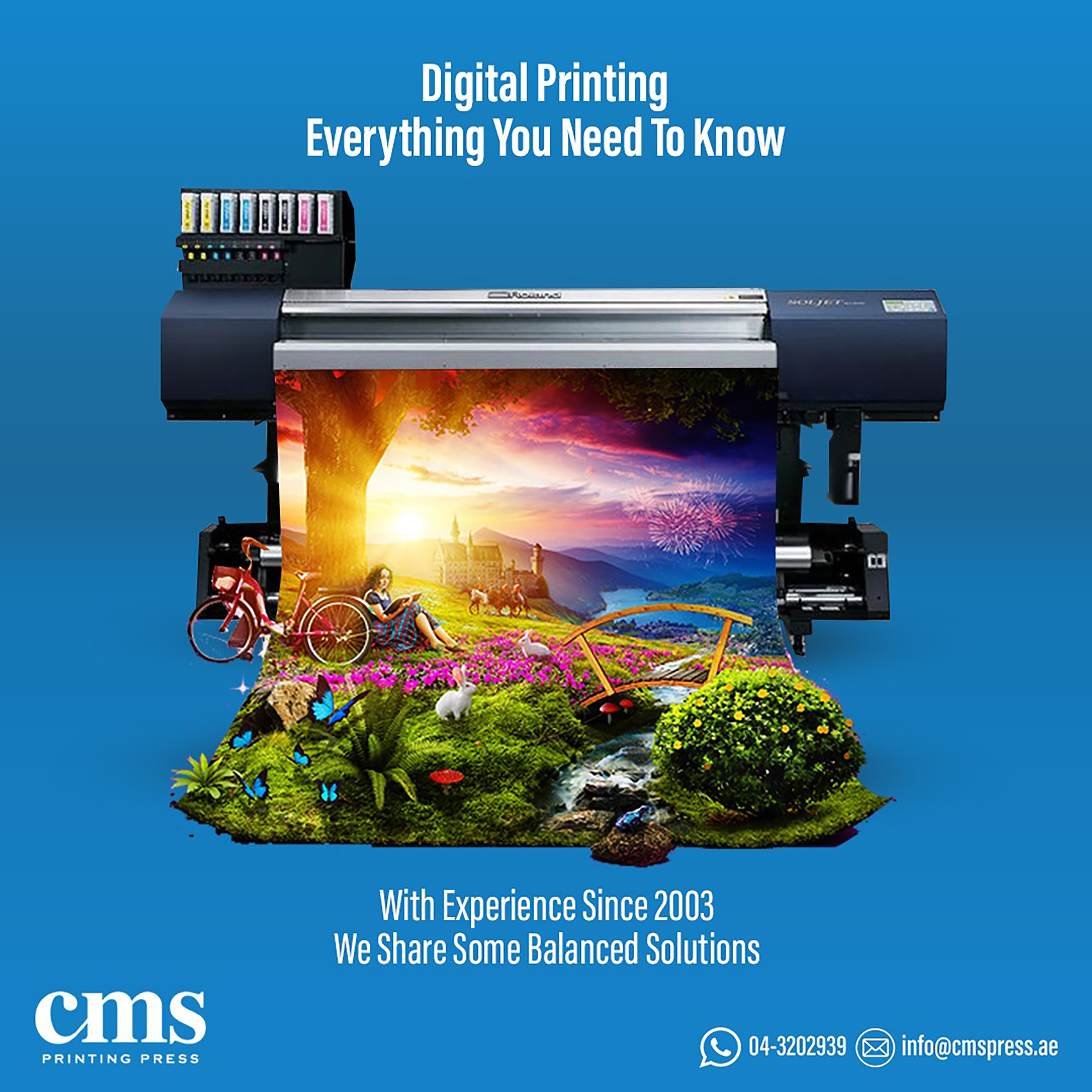The 7-Minute Rule for Digital Printing
Table of ContentsThe 6-Minute Rule for Digital PrintingThe Definitive Guide to Digital PrintingHow Digital Printing can Save You Time, Stress, and Money.More About Digital PrintingSome Known Details About Digital Printing Digital Printing Fundamentals ExplainedHow Digital Printing can Save You Time, Stress, and Money.Some Ideas on Digital Printing You Should Know
Personalization also permits businesses to attract attention in a crowded market by producing distinct advertising materials that separate them from their competitors. One of the primary advantages of electronic printing is the ability to publish variable data. Each printed item can be unique, allowing companies to develop individualized marketing materials that talk straight to their target audience.Digital printing also enables modification in the style of marketing products. With digital printing, services can develop designs that are unique and customized to their particular needs. This can include customized graphics, typefaces, and designs that can aid to distinguish them from their rivals. Another benefit of electronic printing is the ability to print as needed.
Digital Printing Can Be Fun For Anyone
By publishing smaller sized quantities of advertising and marketing materials, companies can decrease waste and prevent the requirement for excess inventory. Digital printing is additionally versatile.
By making use of various products and styles, companies can create unique marketing products that stand out from their competitors and stand out from their target market. Digital printing also offers consistency. With conventional printing methods, there is commonly variation between prints as a result of distinctions in ink insurance coverage, pressure, and other variables.
This uniformity can aid construct client trust and trustworthiness, revealing that the business is dedicated to providing high-quality materials. Uniformity is especially crucial for businesses that intend to build customer count on and credibility. By making sure that every print corresponds, companies can reveal that they are dedicated to supplying high-grade products and focusing on the details.
Unknown Facts About Digital Printing

On top of that, electronic printing produces less waste because it can print as needed and in smaller sized quantities, decreasing the demand for excess inventory and materials. Digital printing also utilizes less energy compared to standard printing techniques. Digital printers do not need as much power to run, as they do not need to warm up as a lot or utilize as much power to run.
The Main Principles Of Digital Printing

Offset printing needs a plate for every color printed. Conventional offset printing is a print method that utilizes aluminum plates to transfer ink onto a rubber his comment is here sheet (often described as a "blanket"). The picture is after that rolled onto the printing surface. This printing approach is considered "balanced out" because the ink is not transferred to the paper directly.
The Definitive Guide for Digital Printing
Offset printing permits for a vast range of print materials to be made use of during manufacturing. The top notch images created with offset printing make it the recommended method, specifically amongst visuals developers, when looking for the greatest color recreation, information, and professional-looking prints.
For digital inkjet printing, ink is moved straight onto the surface. Rather than depending on aluminum plates and rubber coverings to move a photo, digital printing makes use of liquid ink throughout production.
The Ultimate Guide To Digital Printing
Better color fidelity refers to both the accuracy of the shades and their equilibrium in the layout. Since balanced out printing can blend custom color inks for each job, it will naturally get the colors spot-on. Works just as well on virtually any kind of type of product. Dependable, premium picture quality. Count on recommended you read countered printing for clean, distinct types and images without touches or places.
It sets you back a whole lot to begin an offset job. You have to spend money into developing the plates, which visit this website takes some time. However, when you've spent it, all of the products prepare to go, and you'll invest much less on huge countered jobs than an electronic print, which is concerning the same per item no issue exactly how big the job gets.
Each print is the same. You take the chance of less odd variations brought on by inequalities in water and ink. Digital printing is less expensive for low-volume jobs. The price per device goes down for digital printing, so at some time, they crisscross. Altering information within a single print work. For example, say you were printing out postcards marketing a concert.
Digital Printing Can Be Fun For Everyone
While digital printing or inkjet printing is the preferred option in the present times, there are compelling reasons to transform from balanced out to digital printing systems. When printing offset or digitally, important choices and procedures are involved in shade matching.
Whichever the situation, the color will certainly need to be matched. Shade matching of electronic printer ink is no more challenging with dyes and pigments. Industrial inkjet printing supplies convenience for printing on several substratums. Digital printing is excellent for customers who do not need longer runs and warehousing products.

One advantage of digital printing is selecting from a large range of digital substrates. With countered printing, substrates make up, on standard, 30% of the price of the job. With electronic printing, the cost of the substrate in the total job is small. This allows for more options than ever, and that's great for marketing experts and businesses.
A Biased View of Digital Printing
drop-on-demand is the 2nd printing innovation to consider. Continual inkjet systems need significant maintenance, more operator training, and higher downtime. Tools expenses in inkjet printing are much reduced than balanced out printing as there are no plate-making, plates, and press expenditures. Past the capital spending, the prepress equipment and printing machine call for very experienced drivers in balanced out printing, which adds labor expenses.